SUMMARY
This is AI generated summarization, which may have errors. For context, always refer to the full article.
![[New School] From priceless art to cheap mugs](https://www.rappler.com/tachyon/2021/10/priceless-art-cheap-mugs-october-16-2021-sq.jpg)
Art. Thieves. Two words that manage to make my blood boil.
As an amateur digital artist, I can’t verbalize the effort it takes to create a satisfactory artwork. The struggles that artists face are varied and rigorous, from the simplest mess-ups to the most complex setbacks.
Firstly, let’s talk cash. A digital artist would need an array of expensive gadgets to get started. A decent drawing tablet would probably cost you P8,000. Surely, there are cheaper models available, but let’s face it: you can’t expect quality from a P1,000 drawing tablet sold by some China-based seller on Shopee. A good graphics editor program could cost you money, too, if you want one that offers a convenient interface with various brushes and tools. Then again, most graphic editor programs are designed for a limited range of gadgets, such as Windows-powered laptops and devices from the world’s most worshipped capitalist Fruit (yes, I’m talking about you, Procreate). Owning a laptop would cost you about P25,000 at bare minimum. And that’s just a shortlist of the financial efforts it takes to be a digital artist.
If that isn’t tedious enough, there are countless frustrations that come with creating art: from accidentally drawing on the wrong layer, struggling to get proportions right, attempting to have that nice, clean cut on your line art (aka every artist’s worst nightmare), etc. The drawing and coloring processes could take up to hours of labor and effort.
To make things more complicated, promoting art is an entirely different story. Surely, social media platforms nowadays make sharing media a lot easier. However, it’s tough for artists to get their work “out there,” especially those who are just starting out with little to no following. The quality of an artwork doesn’t guarantee whether it would be lucky enough to win the attention of digital citizens and build on that momentum, hopefully enough to go viral, or just gather dust somewhere in the void of cyberspace. Thus, being a digital artist is a taxing role that demands a lot of time, skill, and hard work.
You can imagine how maddening it must be to see your masterpieces printed on random t-shirts being advertised on Twitter threads. Imagine how violated you would feel to have the product of your time and effort stolen from you and profited off from with a simple tap of the finger. Art thieves are everywhere, and it’s alarming how social media platforms aren’t doing enough to resolve this.
Take, for example, Pinterest. Simply type “*insert theme* aesthetic” in the search bar, and boom! In mere milliseconds, thousands of images flash before your eyes. But the thing is, these images may come from numerous sources, from articles on the web to uploaded media on Twitter – the highs and lows of the internet. And this is what makes Pinterest scary. Just one prolonged press on the screen, a few taps, and before you know it, your piece of art is being publicized on Pinterest without your consent, free for all to download. So, in a way, these social media platforms actually aid art thieves.
Another instance that I recall would be of this digital artwork of the Greek god Dionysus by @hammerings on Twitter. A person commented “I need to put this on a shirt,” and within the day, a Twitter bot replied with a link to a merch store that had already printed designs of the artwork on hoodies, shirts, stickers, and other merchandise to be sold for pre-order. Luckily, this artist was able to file a complaint on the merch store’s website and the link got taken down. Despite this resolution, this just goes to show how Twitter is ignorant about these bots that prey on digital artists. The platform isn’t a completely safe space for artists to promote their art when they’re constantly threatened by these art thieves.
I hope that social media platforms come to recognize this dilemma because they’re still helpful avenues for artists who want to share their outputs to the cyber world. Don’t get me wrong, it’s heartwarming to see digital artists interacting with their fans and other fellow artists in their own microspaces, exchanging comments of encouragement all thanks to social media’s accessibility. It’s just disappointing how lenient these platforms are when it comes to protecting the intellectual property rights of their users. It doesn’t help to say that, “Of course it’s unavoidable, social media is a free space” when there haven’t been visible measures implemented to counter these problems.
Hopefully, we can look forward to a safer, digital environment for artists to showcase their masterpieces without worrying about their blood, sweat, and tears being printed on some cheap mugs being sold in the comments section. – Rappler.com
Carmel Therese Cu, 17, is a Filipino-Chinese Senior High School student in the Ateneo de Manila University studying Humanities and Social Sciences. She graduated her Junior High School from the Ateneo de Naga University with honors and was awarded the Ateneo Leadership Award in her batch. She is ardent for her love of the arts and Chinese culture and she plans on pursuing law in college.
Add a comment
How does this make you feel?
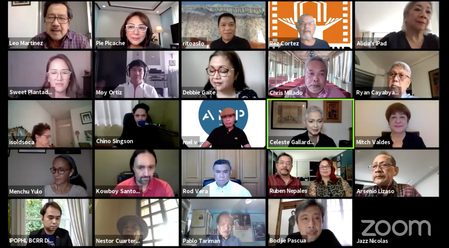
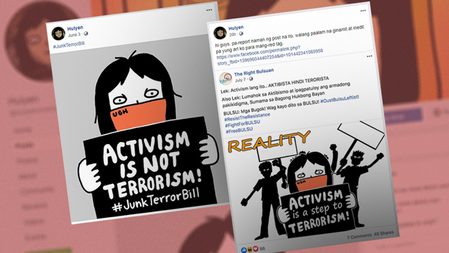
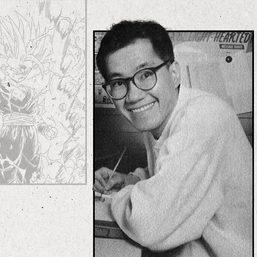
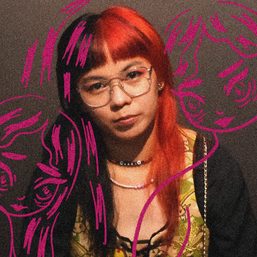
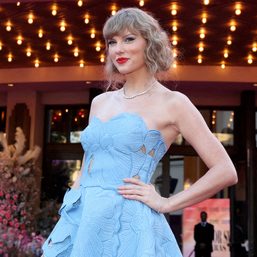
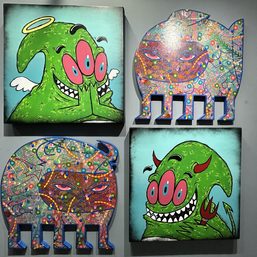
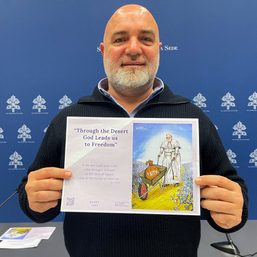

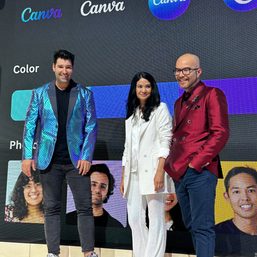

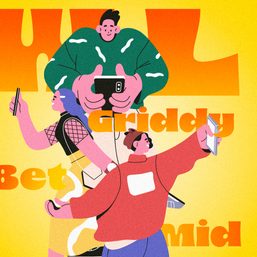
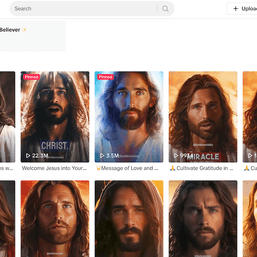
There are no comments yet. Add your comment to start the conversation.